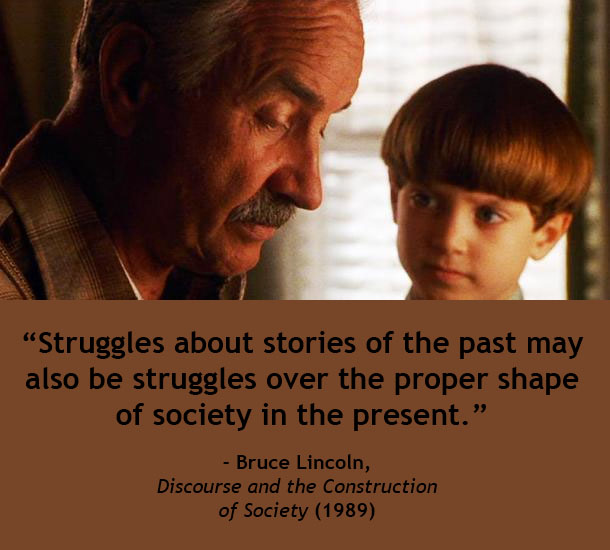 Read more.
Read more.

A Peer Reviewed Blog
 Read more.
Read more.
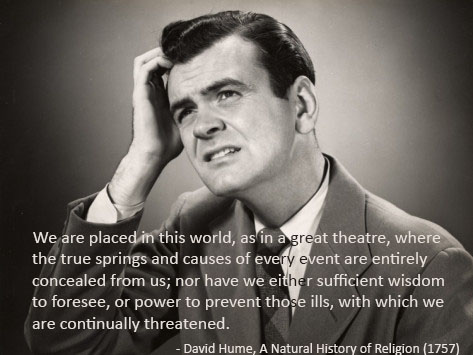 Read more.
Read more.
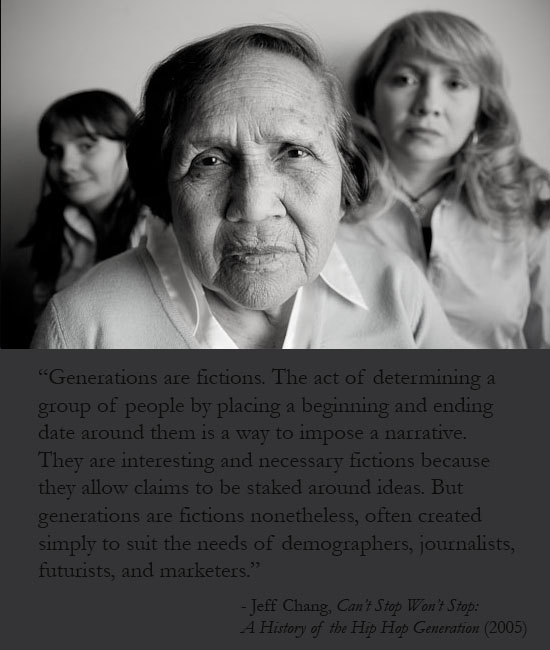
Read more.
 Do you know Radiolab? I think it’s a tremendous show, offering sophisticated social analyses but doing so in a very engaging format. The other day they replayed an older story (from November 2011) on the history of the high five.
Do you know Radiolab? I think it’s a tremendous show, offering sophisticated social analyses but doing so in a very engaging format. The other day they replayed an older story (from November 2011) on the history of the high five.
Give it a listen. It’s about a half hour but it’s worth it. (And they make reference to the above pic.)
 Read more.
Read more.
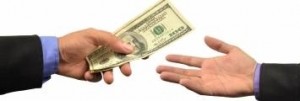 The eleven volume Encyclopedia of Hinduism has been the subject of both media coverage and special events, including a recent conference hosted at the University of South Carolina. The encyclopedia developed from an international collaboration as a project of the India Heritage Research Foundation (IHRF), “founded, guided, inspired and led by one of India’s most revered spiritual leaders, Pujya Swami Chidanand Saraswatiji.” The swami’s description of the encyclopedia suggested the foundational assumptions of the encyclopedia. Continue reading “Scholarly Foundations”
The eleven volume Encyclopedia of Hinduism has been the subject of both media coverage and special events, including a recent conference hosted at the University of South Carolina. The encyclopedia developed from an international collaboration as a project of the India Heritage Research Foundation (IHRF), “founded, guided, inspired and led by one of India’s most revered spiritual leaders, Pujya Swami Chidanand Saraswatiji.” The swami’s description of the encyclopedia suggested the foundational assumptions of the encyclopedia. Continue reading “Scholarly Foundations”
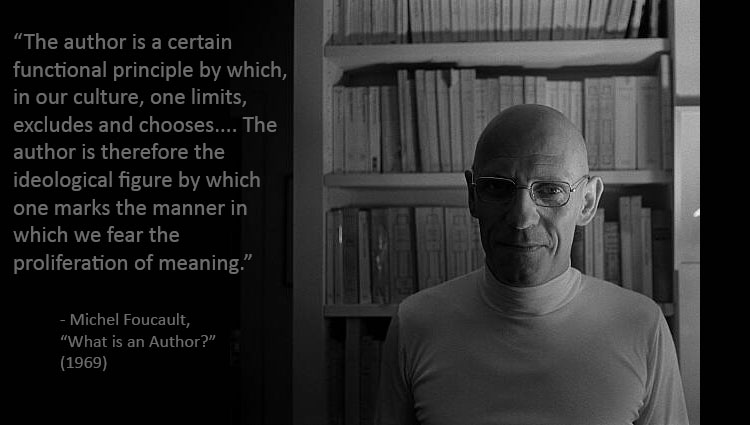 Read more.
Read more.
 Today is the 50th anniversary of Martin Luther King’s “I Have a Dream” speech, delivered during the now famous March on Washington. To mark that date, Culture on the Edge asks: Do you know who Claudette Colvin is?
Today is the 50th anniversary of Martin Luther King’s “I Have a Dream” speech, delivered during the now famous March on Washington. To mark that date, Culture on the Edge asks: Do you know who Claudette Colvin is?
For if we’re marking anniversaries, which are part of a discourse on origins, after all — anchoring the present as significant inasmuch as it is somehow related to an authoritative, annually commemorated past — then, given this blog’s critique of how we usually think about identity, there might be something interesting to learn by taking a moment today to look at how we today talk about that period in U.S. history that we now know as the civil rights movement. Or, more specifically, to ask how we pick our origins points and the anniversaries that we celebrate, and what these choices about the past have to say about who we think ourselves to be today? Continue reading ““She Fit That Profile””
 The degree to which we, today, draw upon events in the archive that we know as “the past” and then use them for contemporary purposes is evident whenever you look at an old picture — particularly a photo of a person or situation that, long after the pic was snapped, came to signify something that we now hold dear (whether as representative of something valuable or maybe even dangerous). I think of this each time I see those slick sites that allow you to smoothly scroll between an image from the past and then how it looks in the present, with people in either period or modern dress appearing and disappearing against a seemingly stable backdrop. So too with the curious juxtaposition of an old photograph held up to match a current background. Just what do we do with the gap that we in the present can see between before and after, then and now — or do we even “see” such a gap? Do we instead see the past seamlessly leading to the present, or perhaps the past not just informing but even haunting the present? For behind statements of difference, such as “It looked like that then but it looks like this now,” there is a presumed sameness: the eternal “it” that just changes shape.
The degree to which we, today, draw upon events in the archive that we know as “the past” and then use them for contemporary purposes is evident whenever you look at an old picture — particularly a photo of a person or situation that, long after the pic was snapped, came to signify something that we now hold dear (whether as representative of something valuable or maybe even dangerous). I think of this each time I see those slick sites that allow you to smoothly scroll between an image from the past and then how it looks in the present, with people in either period or modern dress appearing and disappearing against a seemingly stable backdrop. So too with the curious juxtaposition of an old photograph held up to match a current background. Just what do we do with the gap that we in the present can see between before and after, then and now — or do we even “see” such a gap? Do we instead see the past seamlessly leading to the present, or perhaps the past not just informing but even haunting the present? For behind statements of difference, such as “It looked like that then but it looks like this now,” there is a presumed sameness: the eternal “it” that just changes shape.
For instance, what do you make of Adolf Hitler’s baby picture, above? Is it even possible to view it as just another baby or is there an evil lurking there…? Continue reading “From the Archives”
 Read more.
Read more.